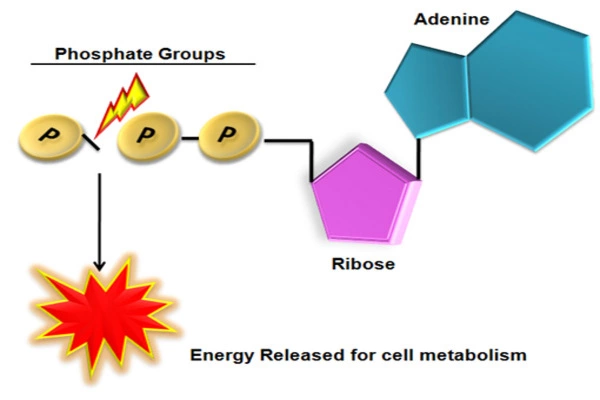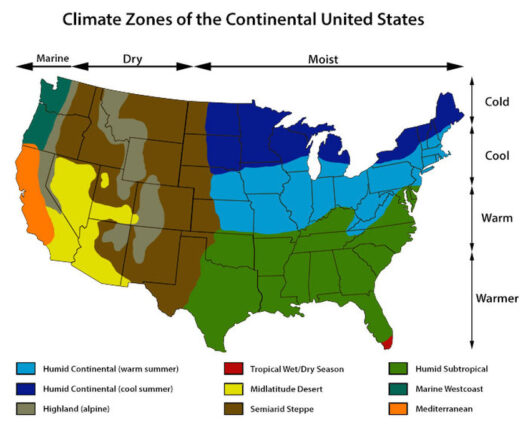Understanding chemical energy conservation is paramount in our quest for sustainable energy solutions. Chemical energy is stored in the bonds between atoms in molecules, and its conservation is crucial for fostering a sustainable environment. This discussion delves into various aspects of energy storage in molecules and highlights methods to conserve it, ultimately contributing to efforts against climate change.
1. The Nature of Chemical Energy
Chemical energy manifests from the arrangement of electrons within atoms and the interactions that occur during chemical reactions. When molecules undergo transformations, such as during combustion or photosynthesis, they release or absorb energy, thereby facilitating numerous biological and thermodynamic processes. Energy conservation in this context involves not only the responsible management of existing resources but also the innovative enhancement of these resources through improved chemical processes.
2. Types of Chemical Energy Storage
In the realm of molecular structure, two principal types of energy storage can be identified: potential energy and kinetic energy. Potential energy, predominantly associated with the position of particles and the arrangement of atoms, represents a form of stored energy that has the potential to be converted into kinetic energy during chemical reactions.
For instance, carbohydrates store energy in the form of glucose molecules. When consumed, organisms metabolize glucose to release energy for cellular activities. Similarly, lipids and proteins serve as alternative reservoirs of energy, highlighting the variety of molecular structures that can store energy effectively.
3. Enhancing Energy Storage Efficiency
Conservation of chemical energy can be significantly improved through advancements in technology and methodology. One primary approach is to optimize energy storage systems utilized in various industries, especially in renewable energy sectors. Innovative technologies, such as battery storage systems, employ chemical reactions to store energy and release it when needed. This alignment between energy production and consumption can effectively reduce wastage and increase overall efficiency.
4. Sustainable Practices for Energy Conservation
In addition to technological advancements, adopting sustainable practices at individual and organizational levels plays a pivotal role in conserving chemical energy. For instance, employing energy-efficient appliances can curtail energy consumption at home or in workplaces. By selecting devices that use less energy for the same output, one maximizes energy conservation while promoting environmentally-friendly practices.
Moreover, utilizing proper insulation in buildings minimizes energy loss, thereby conserving the chemical energy required for heating or cooling. These environmental adjustments lead to a substantial decrease in overall energy demand.
5. Chemical Reactions and Energy Conservation
Understanding the underlying principles of chemical reactions can enhance energy conservation. Chemical reactions involve breaking and forming bonds, and the energy involved in these processes can be harnessed or minimized through precise control. By engaging in catalysis, it is possible to accelerate reactions without significant energy loss. Catalysts help lower activation energy, thereby enhancing reaction efficiency while conserving chemical energy throughout the process.
In biological systems, enzymes serve as natural catalysts, highlighting the importance of biological innovation in conserving energy. These biological reactions are thus a source of inspiration for future developments in synthetic chemistry and materials science.
6. Renewable Energy Sources and Chemical Storage
Renewable energy sources like solar and wind offer a sustainable pathway for energy conservation. Solar energy can be converted into chemical energy through processes such as photosynthesis or via electrolysis to generate hydrogen. This approach allows us to capitalize on the abundant energy available from the sun while facilitating clean energy storage.
Furthermore, advancements in hydrogen fuel cell technology illustrate a significant leap towards the sustainable storage of chemical energy. By using hydrogen as a storage medium, we can reasonably envision a future where energy conservation becomes an integral aspect of daily living.
7. The Role of Research and Innovation
Scientific research in the fields of chemistry and materials science plays an essential role in advancing our ability to conserve chemical energy. Novel approaches to understanding molecular dynamics can lead to materials that store energy more efficiently and release it at controlled rates. Battery technology, for instance, is an area ripe for innovation, where research is directed at increasing energy density and lifetime while minimizing environmental impacts.
Implementing new materials, such as organic photovoltaics or advanced battery chemistries, can result in significant improvements in energy storage capabilities, often enhancing the longevity and efficiency of energy sources while reducing costs over time.
8. Behavioral Changes and Community Involvement
On a societal level, fostering an awareness of energy usage can contribute to considerable chemical energy conservation. Community education initiatives can raise consciousness about energy-efficient practices, thereby encouraging collective behavioral changes that result in lower energy consumption. Engaging communities in sustainability projects not only promotes energy conservation but can also foster a sense of unity and shared responsibility towards our planet.
9. Conclusion
Conserving chemical energy is a multifaceted endeavor that intertwines technology, sustainable practices, and societal involvement. By understanding energy storage in molecules and experimenting with innovative strategies, we can create a more sustainable future. As stakeholders in this environmental mission, we have the opportunity to enhance our stewardship of chemical energy, ensuring its availability for generations to come. Sustainable practices, scientific research, and community actions collectively constitute the pathway to achieving increased energy conservation within our planetary boundaries.






